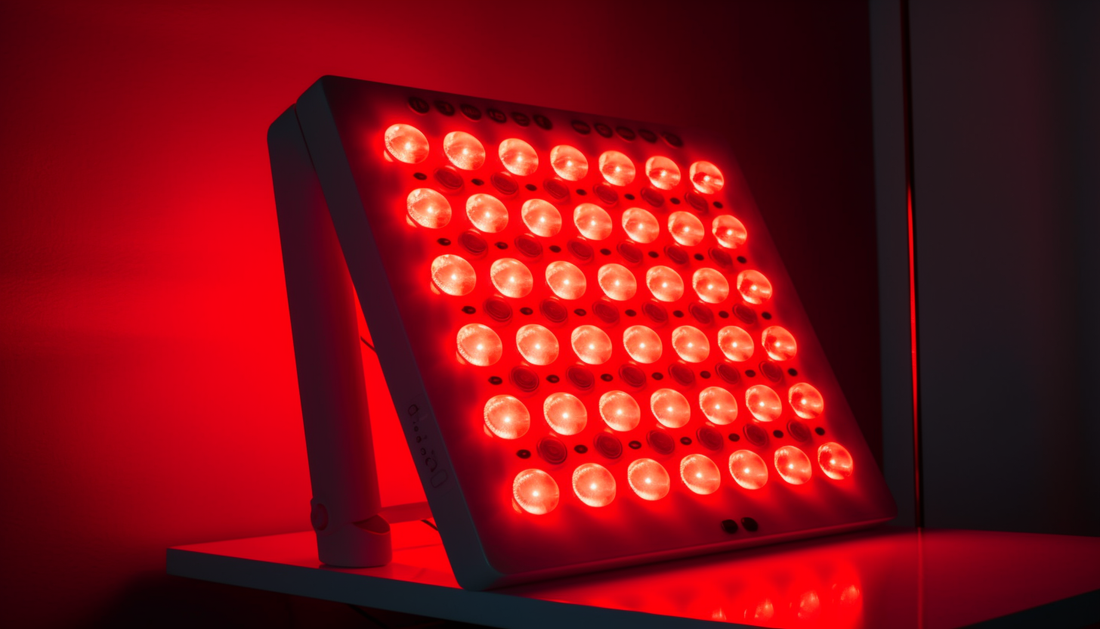
How Red Light Therapy Works
Share
Red light therapy (RLT), also known as photobiomodulation (PBM), relies on specific wavelengths of light to trigger biological repair processes. Below is a breakdown of its core mechanisms and clinical applications:
1. Light Absorption & Mitochondrial Activation
Target Molecule: Red light (630-660nm) and near-infrared light (810-850nm) penetrate 1-5mm into tissues, absorbed by cytochrome c oxidase in mitochondrial cells.
Energy Conversion: Light energy activates the mitochondrial electron transport chain, boosting ATP (adenosine triphosphate) production by 50-200%.
2. Enhanced Cellular Energy Metabolism
ATP’s Role: Increased ATP accelerates cell repair, protein synthesis (e.g., collagen), and DNA damage recovery.
Example: Fibroblasts exposed to red light show a 30-40% rise in collagen synthesis (Journal of Investigative Dermatology, 2013).
3. Antioxidant & Anti-Inflammatory Effects
ROS Regulation: RLT activates antioxidant enzymes like superoxide dismutase (SOD), reducing harmful oxidative stress while promoting repair-signaling ROS.
Inflammation Control: Suppresses pro-inflammatory factors (NF-κB, PGE2, IL-6), easing chronic inflammation.
4. Tissue Repair & Regeneration
Nitric Oxide (NO) Release: Stimulates vasodilation, improving blood flow and oxygen delivery to damaged areas.
Stem Cell Activation: Near-infrared wavelengths (e.g., 850nm) activate hair follicle or mesenchymal stem cells for hair regrowth or cartilage repair.
